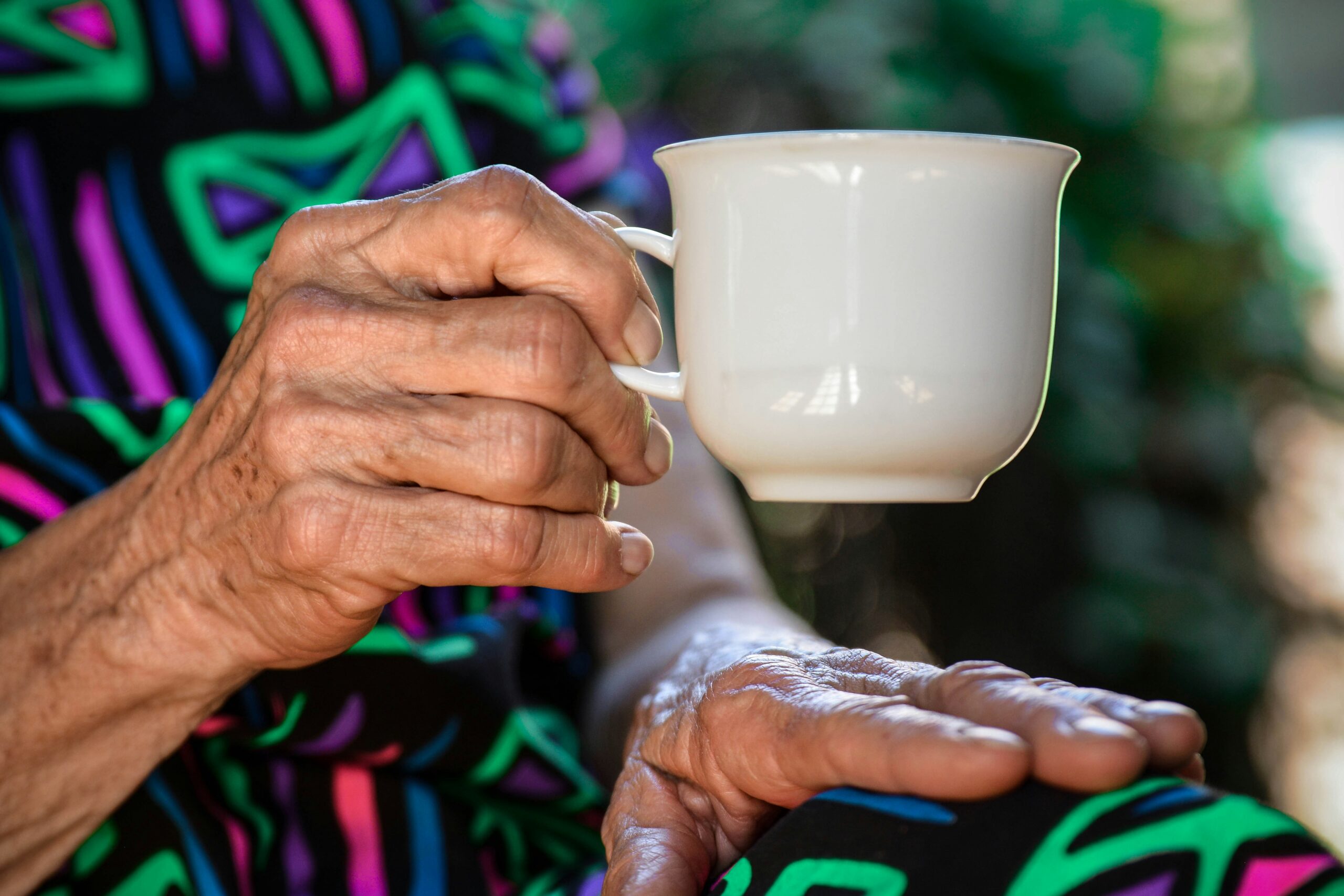You Are Not Alone
Fri Mar 08 2024
|wp.parentcare.coThe Rising Challenge of Caregiving in America Over 34 million Americans provided unpaid care to an adult over 50 years old in the past year, according to a 2019 study by AARP. As the population ages and people live longer with chronic illnesses, caregiving is becoming an increasingly common experience.

The Rising Challenge of Caregiving in America
Over 34 million Americans provided unpaid care to an adult over 50 years old in the past year, according to a 2019 study by AARP. As the population ages and people live longer with chronic illnesses, caregiving is becoming an increasingly common experience. This rise in informal caregiving provides immense economic and social value, yet also comes with substantial challenges and costs for the caregivers themselves.
Millions of Americans Serve as Caregivers
The role of caregiver often falls to middle-aged individuals. The average age of a caregiver is 49.6 years old, with most caregivers falling between 45-64 years old, according to the Family Caregiver Alliance (FCA). Caregiving is also more commonly done by women – around 60% of caregivers are female, per the National Alliance for Caregiving. However, the proportion of male caregivers has grown significantly from 19% to 40% over the past two decades.
In terms of time commitment, caregiving can become almost like a full-time unpaid job. Caregivers spend over 20 hours a week providing care on average, according to AARP’s 2020 report on caregiving. With the population over 65 expanding rapidly, this contribution is becoming increasingly vital. The U.S. Census Bureau predicts that by 2035, adults over 65 will outnumber children under 18 for the first time in American history. This demographic shift means more middle-aged adults will find themselves caring for aging parents in the coming years.
Caregiving Produces Major Costs and Challenges
While caregiving provides tremendous societal value, it also comes with considerable difficulties for the caregivers themselves. Balancing the demands of caregiving with work produces major struggles – 70% of working caregivers encounter work-related problems due to their dual responsibilities, per the National Alliance for Caregiving.
Caregiving can also take a significant toll on mental and physical health. According to the New England Journal of Medicine, caregivers have a 63% higher mortality rate compared to non-caregivers. Shockingly, 40% of Alzheimer’s caregivers pass away before the care recipient – not directly due to disease but because of the immense stress of providing care. A 2019 Stanford University study also found caregivers have a 26% higher likelihood of being uninsured, as well as a 59% higher chance of skipping medical appointments or treatment due to cost.
Adding to the challenge, one in seven caregivers live an hour or more away from the care recipient, according to the National Institute on Aging. These long-distance caregivers have extra barriers when coordinating care, accessing services, managing appointments, and communicating with healthcare providers from afar. They may also feel isolated or guilty about living far away while trying to fulfill caregiving obligations.
Immense Economic Value Alongside Rising Costs
Caregivers provide an estimated $470 billion in economic value annually – more than total Medicaid spending in 2013, per an AARP study. This immense contribution allows many older and disabled adults to remain independent and live comfortably at home instead of receiving institutional care. Without this informal care system, the economic impact on the healthcare system and federal budget would be astronomical.
Yet caregiving also incurs major direct costs for families. These expenses can include medical supplies and equipment, home modifications, transportation, legal fees, medical bills not covered by insurance, and hiring outside help. One study found the average out-of-pocket spending for caregivers to be over $7,000 annually. Caregivers also often lose significant income due to cutting back work hours, passing up promotions, retiring early, or leaving the workforce altogether. The estimated lifetime loss of wealth for caregivers is over $300,000 in missed raises, pensions, 401ks, and Social Security benefits.
Support Programs and Policy Changes Needed
While caregiving can be deeply rewarding, the physical, mental, and financial strain deserves greater attention and support. Expanding state and federal respite programs could provide caregivers temporary relief through adult day services, in-home help, or short-term nursing facility stays. Workplace policies like paid family leave and flexible work arrangements could help employed caregivers better balance responsibilities.
The RAISE Family Caregivers Act passed in 2018 calls for the development of a national caregiving strategy and is an important step. Ongoing proposals aim to increase tax credits and Social Security benefits for caregivers facing lost wages or retirement savings. Further expanding Medicare coverage and Medicaid waivers for long-term care support services will also be critical to ease cost burdens.
With informal elder care on the rise, policymakers and communities must find ways to back those providing this invaluable yet underappreciated role. Supporting and empowering caregivers is vital not only to individual families but the health and wellbeing of our overall aging population. As waves of Baby Boomers enter older age, the urgent need for caregiver assistance will only continue escalating in the decades ahead. Investing in caregiver support today is essential to building a more equitable, resilient care system for tomorrow.


